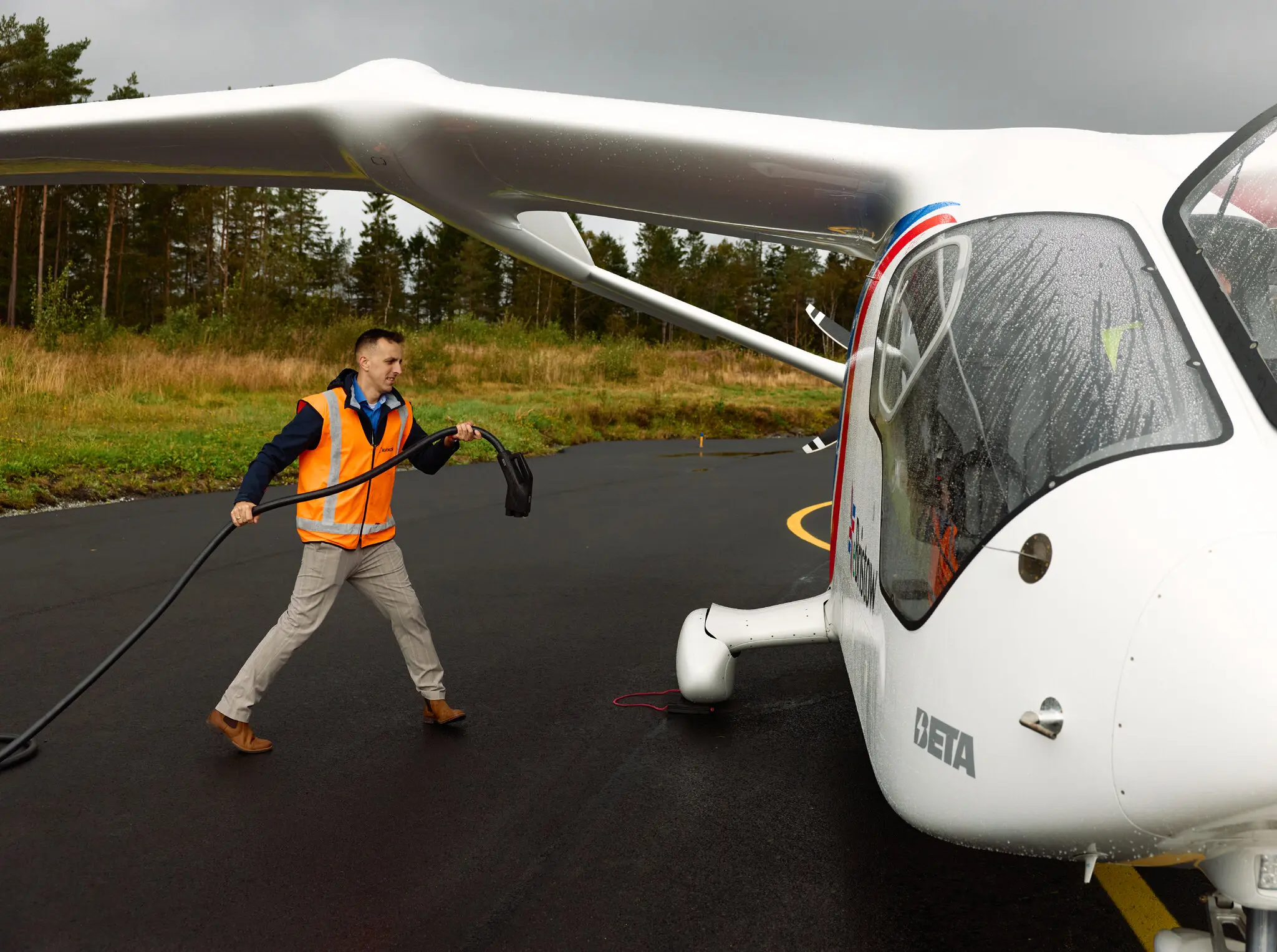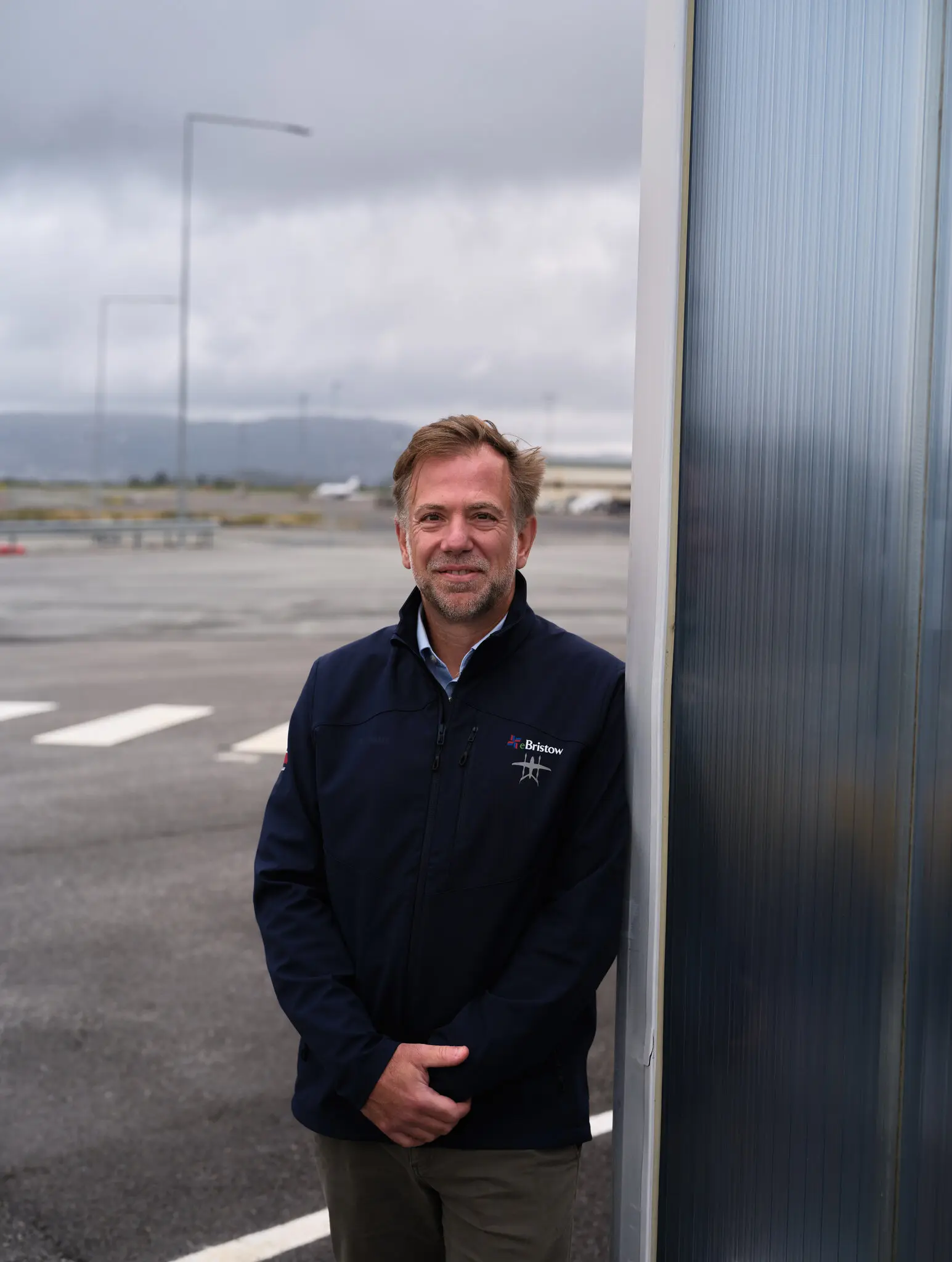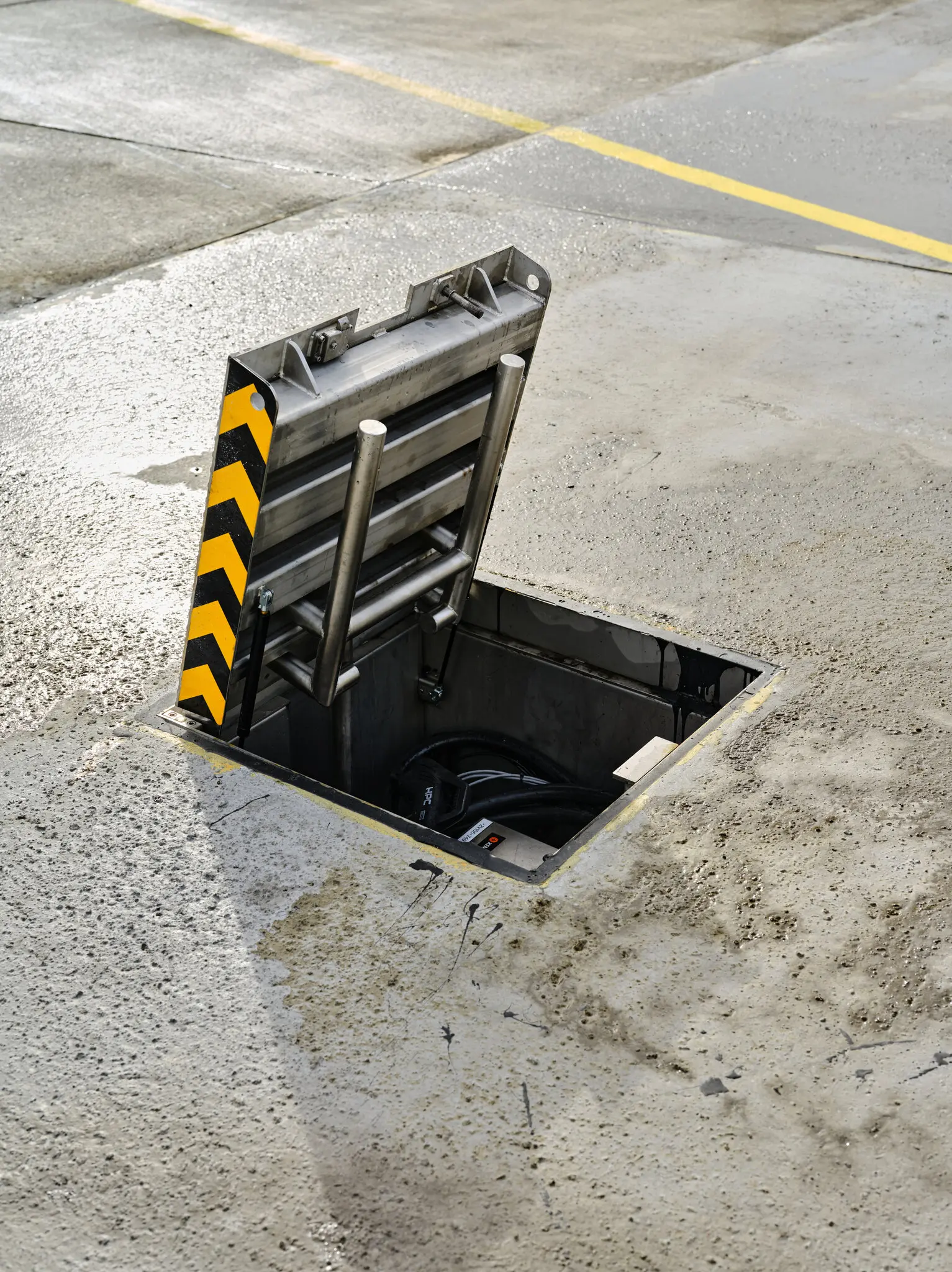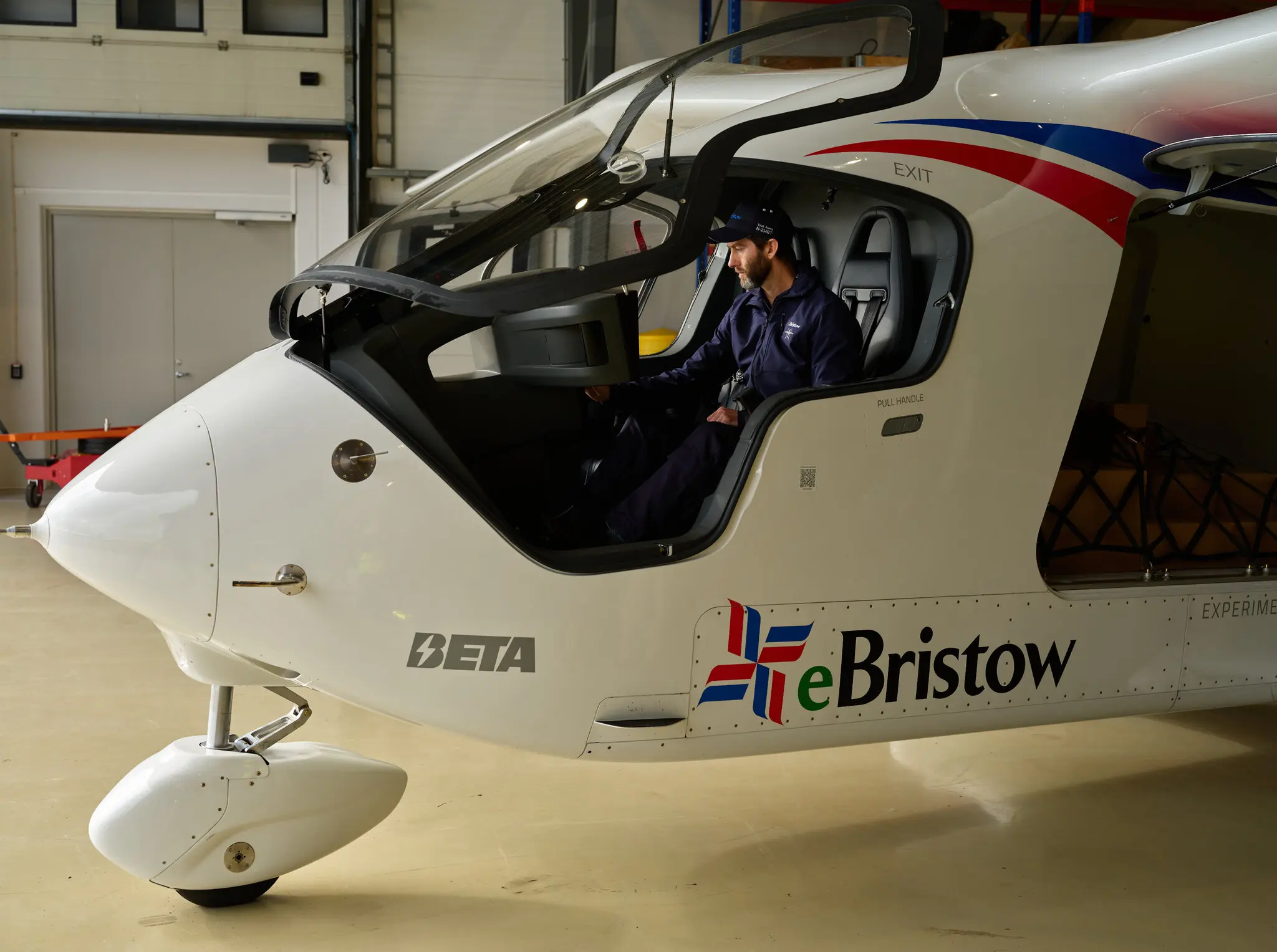The Capital of EVs Sets Its Sights on Electric Planes
15.09.2025
Norway’s Leap From Electric Cars to Electric Planes
A New Horizon in Green Aviation
Norway, long known as the European capital of electric cars, is now turning its focus skyward. The oil-rich Scandinavian nation envisions a future where short domestic flights, often linking remote islands, are powered by electricity. Recently, a sleek white aircraft resembling a dragonfly – the Alia CX300 – completed a historic test flight across the Norwegian coastline. Its single propeller emitted only a faint hum as it soared above fjords, forests, and salmon farms, hinting at the quiet revolution that may reshape Norway’s skies.
The First City-to-City Electric Flight
The test marked a milestone: the first electric flight between two major Norwegian cities. The Alia CX300, with a 50-foot wingspan and a top speed of 176 mph, traveled from Stavanger to Bergen in under an hour — a journey that normally takes over four hours by car and ferry. Pilots Jeremy Degagne and Cole Hanson monitored the pared-down cockpit where, unlike conventional aircraft, no fuel gauges or roaring engines could be found — only the calm hum of an electric motor and a glowing battery display.

Balancing Oil Wealth With Green Ambitions
Norway is Europe’s largest oil producer outside Russia, exporting the equivalent of two million barrels of petroleum daily. It is also the fourth-largest supplier of natural gas. Yet the government is preparing for declining fossil fuel revenues. Through its $1.9 trillion sovereign wealth fund, the country is channeling resources into renewable projects. Analysts say electrifying aviation is a way to cut emissions without seriously disrupting the oil and gas industry.
Building on Electric Vehicle Success
Electric mobility is not new to Norwegians. Nearly 90% of new cars sold in 2024 were electric, thanks to generous incentives and extensive charging infrastructure — more than 10,000 public stations across a nation of 5.5 million people. Authorities believe this expertise can be replicated for aviation. In fact, Norway’s airport operator, Avinor, has already installed charging stations for electric planes, including one recently unveiled at Stavanger.

Small Flights, Big Potential
Every day, about 560 domestic flights crisscross Norway, most shorter than 250 miles. These routes, often subsidized, connect isolated communities in the Arctic Circle and on scattered islands. For such distances, electric aircraft are seen as ideal. Bristow, Beta Technologies, and Avinor collaborated on the Alia test to evaluate how these short “milk run” routes could transition to electric power.
Challenges in the Air
Despite the excitement, experts caution that batteries remain the biggest obstacle. Unlike traditional fuel, which burns off and lightens the aircraft mid-flight, batteries maintain their heavy weight from takeoff to landing. They are also vulnerable to cold, headwinds, and degradation from rapid charging. Aviation professor Guy Gratton notes that today’s batteries are about 50 times heavier than the equivalent energy in jet fuel, limiting endurance and payload.

Government Backing and Global Competition
Norway’s government provided $5 million to fund the Alia test flight and plans further investments to adapt its 44 airports for electric aviation. Globally, Beta Technologies faces competition from rivals in China, the United Arab Emirates, and major airlines chasing clean aviation solutions. Norway’s involvement stands out because of its track record in electrification and the state’s readiness to put money behind innovation.
Cheaper, Cleaner, and Simpler
Industry executives argue that electric planes could reduce operating costs by around 30%. With fewer moving parts — no complex gearboxes or hydraulic systems — maintenance becomes cheaper and easier. Bristow executive Simon Meakins highlighted the simplicity of the Alia’s design, which cuts out many components that typically drive up costs.

A Flight That Ended With Applause
When the Alia touched down in Bergen, there was no thunder of engines, only clapping from Avinor staff and aviation executives. The final test came when technicians connected the portable charger at the airport. As the battery gauge ticked upward, the crowd cheered once more. For pilot Jeremy Degagne, the message was clear: “It’s just another aircraft — and that’s a good thing.”









Leave a Comments